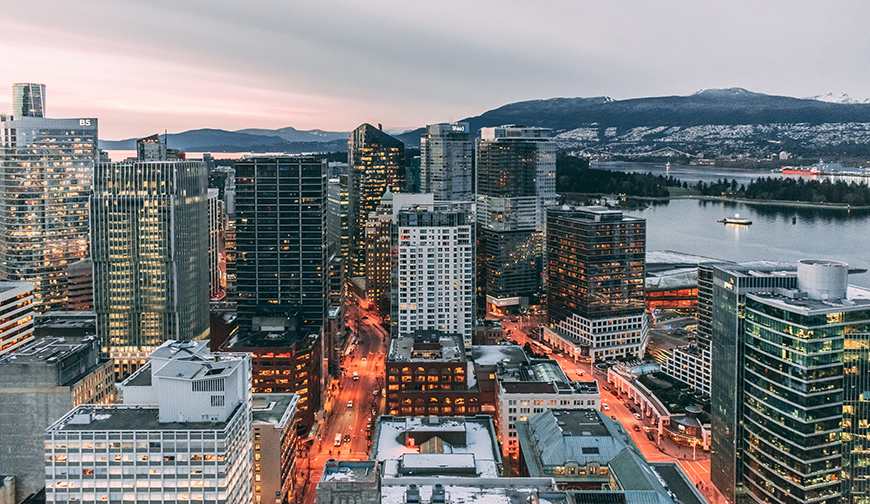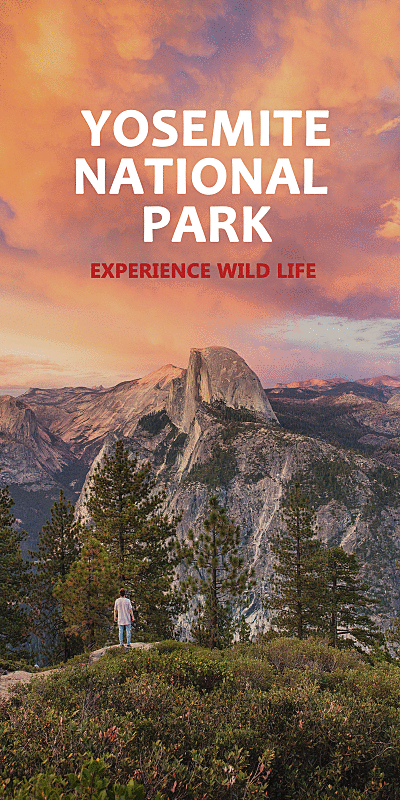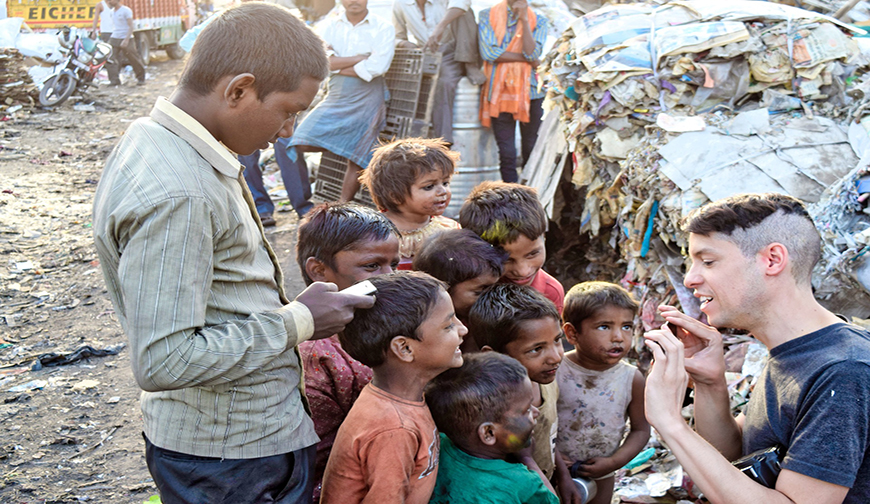

Volunteering and Environmental Protection
Dead Copper (Bronze Whaler) shark due to Orca predation
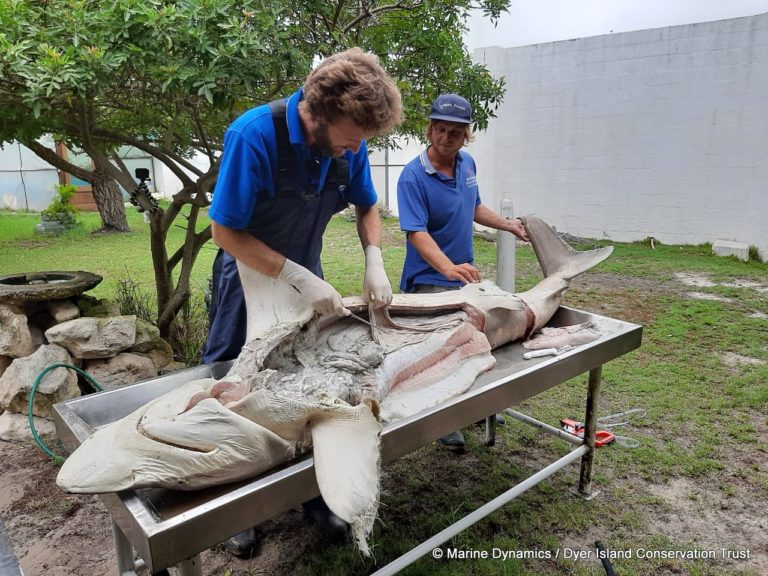
A three meter long Copper shark (also known as the bronze whaler shark) was retrieved from Grotto Beach in Hermanus on the morning of 5 Feb 2020. The female shark was torn open at the torso with its liver and heart completely removed. The previous day, two killer whales known as Port and Starboard were observed in False Bay, 100 km West of Hermanus. This Orca ( killer whale) pair are confirmed to have predated on both Sevengill and White shark species in this manner off the Western Cape but this was the first copper shark carcass to be linked to them. The pair are known to specifically tear open their shark prey to extract the large lipid rich liver, and discard the body. Their story has gone round the world and generated much interest the last three years.
The DICT team conducted the necropsy on the copper shark and confirmed it was very likely the result of Orca predation, as the injuries were identical to other shark species predated on by them. There were also raker marks (tooth impressions) of killer whales on the carcass. This behaviour is being observed more frequently in SA, causing ripple effects in certain shark species distributions, as well as potentially influencing the ecology of western cape coastal areas, as a consequence of sharks evading their traditional aggregation sites for extended time periods.
Storm water stencils and statistics in Gansbaai
Efforts to stem the tide of marine pollution are taking place in Gansbaai, Western Cape, South Africa.
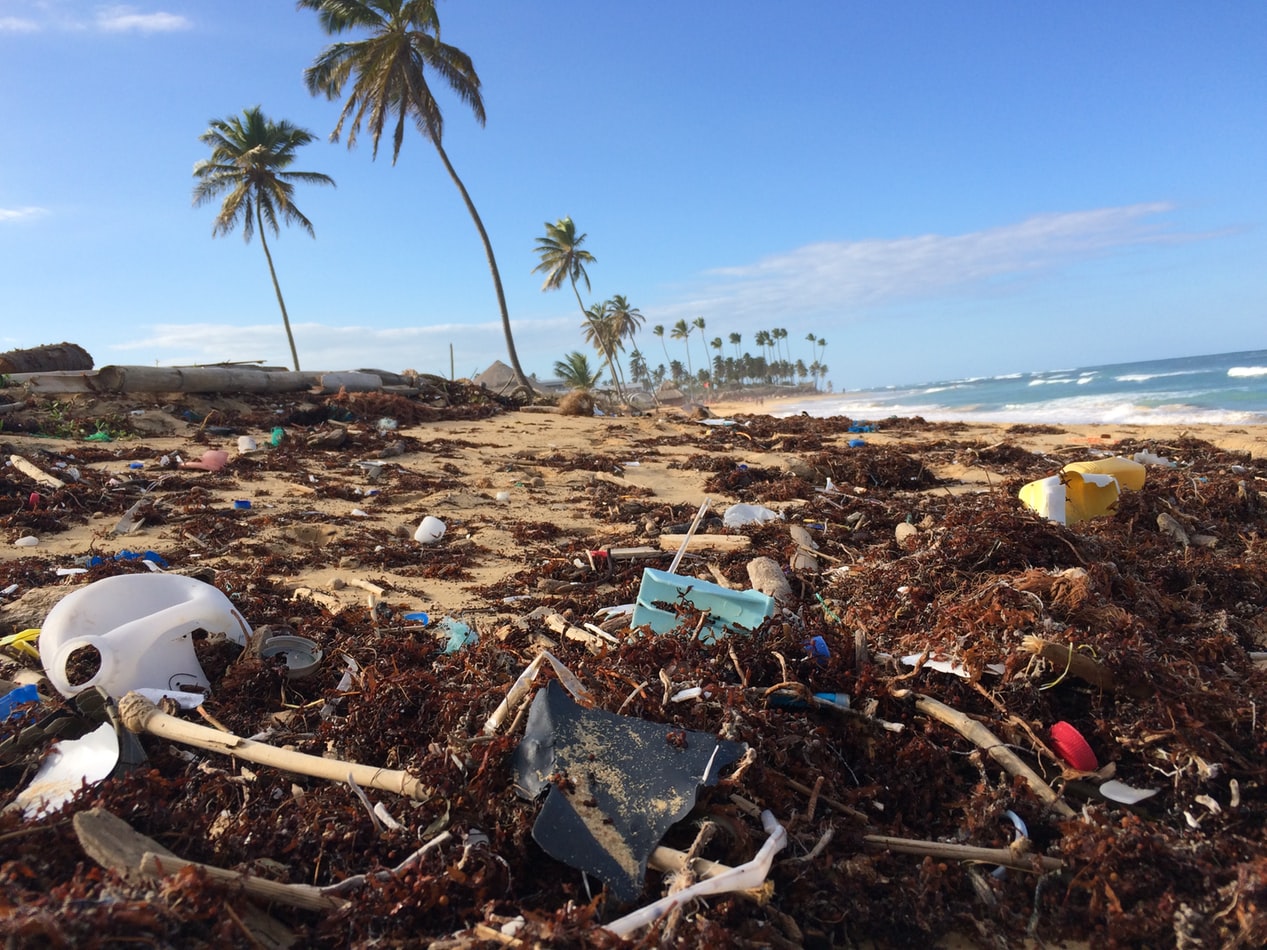
Inspired by a project in Australia, Wilfred Chivell of Marine Dynamics Tours and founder of the Dyer Island Conservation Trust, realised the need for a net system over the stormwater drain outlets in Gansbaai. The first identified site was Gansbaai Harbour, an area notorious for pollution originating from a central point in town. The nets are designed to prevent pollutants and solid waste, carried by stormwater from the local road network, from flowing into the marine environment.
The Trust has called this Project Storm and has received enquiries from around South Africa on how to take this forward in various areas.
The net was monitored by the Dyer Island Conservation Trust team with the support of Marine Dynamics Academy to assess the ‘catch’. After only 12 analysed net counts, the statistics have been frightening.
Wilfred had this to say about Project Storm, “We hope that through this project we can minimise the impact on our marine wildlife by reducing the amount of waste entering the marine system, as well as use the statistics to educate the public of the impact poorly discarded trash has on the ecosystem. I am also so glad that we have the incredible support of the Overstrand Municipality to jointly work on such projects.”
With 63 stormwater outlets in Gansbaai alone, this is a long-term collaborative project with the Overstrand Municipality, with an initial focus on the most problematic areas along the Overstrand. The Dyer Island Conservation Trust and the Overstrand Municipality are partners in various projects that include environmental education, beach clean-ups, fishing line bins, animal rescue and more.
Volunteers attend dolphin stranding
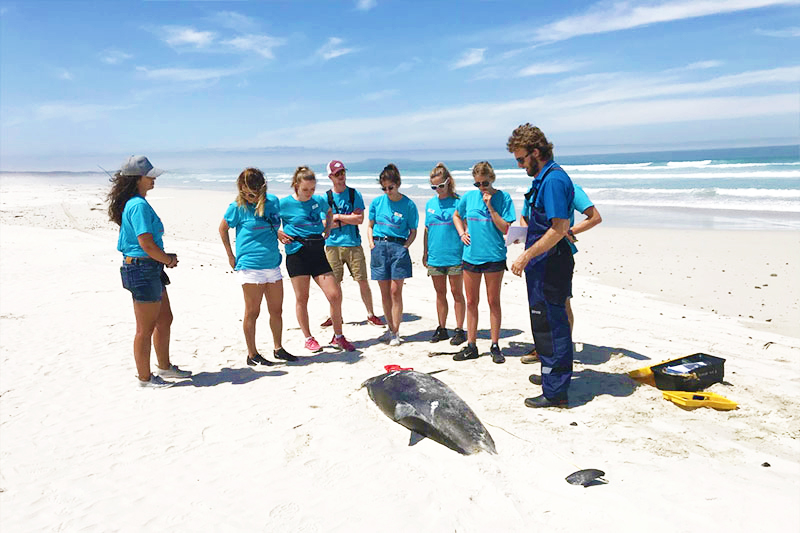
Stranding response in the Overberg area falls under the South African National Stranding Network and is managed by a collaborative group of organisations: CapeNature, Department of Environment, Forestry and Fisheries, Dyer Island Conservation Trust, Lower Breede River Conservancy, Mammal Research Institute Whale Unit, NSRI, Overberg District Municipality, Overstrand Municipality, South African Shark Conservancy and Southern Wildlife and Environmental Society.
An insight in life as a volunteer

Most volunteer days start early, in order to make sure you are down in time to start helping with the setup for the day. Once you’ve gotten yourself up and ready you are shuttled down to the Marine Dynamics Hub: the Great White House. The giant whale skeleton greets you as you walk in alongside the marine biologist who will be joining you on your trip! This is always a nice chance to get some insider info about the conditions for the day and potential sightings!
After you’ve helped prep the equipment for the clients on whichever boat you are assisting and said hello to the rest of the Marine Dynamics crew, you head out onto the ocean! Depending on how long you choose to stay, you can be involved in as much or as little of the boat activity as you want! This can range from talking to the clients on board and testing your shark knowledge, to helping with the daily data capture and having a cheeky dive (if there’s room!). There’s always room for an extra pair of hands, so get stuck in!
After the boats have gone out for the day, you come back to the Great White House and regroup with the rest of the volunteers to share your sightings for the day. There is usually a chance after the boats to help out at the African Penguin & Seabird Sanctuary near the volunteer centre. This is a really great chance to have a hands on experience with the critically endangered African penguin and learn more about their habits and conservation from a brilliantly passionate team of professionals. Watch out for their flippers though!
World Wetlands Day 2020 – DEEP goes Estuary Monitoring
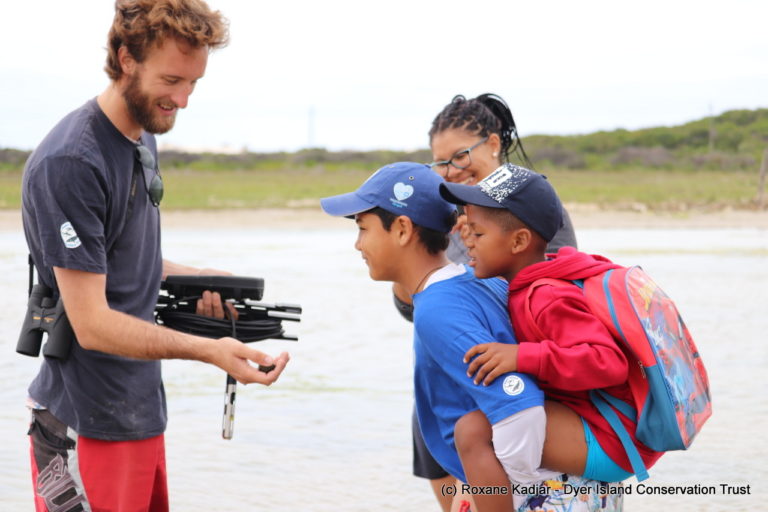
Marine biologist, Ralph Watson explained: “During this outing, we taught the learners about the importance of healthy wetlands and how the bird biodiversity is linked to the health of this ecosystem. We identified species, and showed them how monitoring helps highlight any concerns.” To the delight of the students, Ralph showed them some of the smaller species that live in or around the estuary.
The ecological viability of the estuary depends primarily on tidal flushing – salinity outside an organisms’ acceptable range can negatively affect growth, reproduction, and ultimately survival.
The theme for 2020 World Wetlands Day (WWD) is Wetlands and Biodiversity. World Wetlands Day is celebrated every year on 2 February. The day aims to raise global awareness about the vital role of wetlands for people and planet. Wetland ecosystems support a remarkable level of biodiversity in both animal and plant life. Latest estimates show a global decline of biodiversity, and wetlands are disappearing three times faster than forests. Wetlands serve many functions and have values that often go unnoticed, this includes water purification; shoreline stabilization; groundwater recharge and stream flow maintenance; flood protection; fish and wildlife habitat; as well as socio-economic benefits.
For more Information :https://marinedynamics.org/academy/


